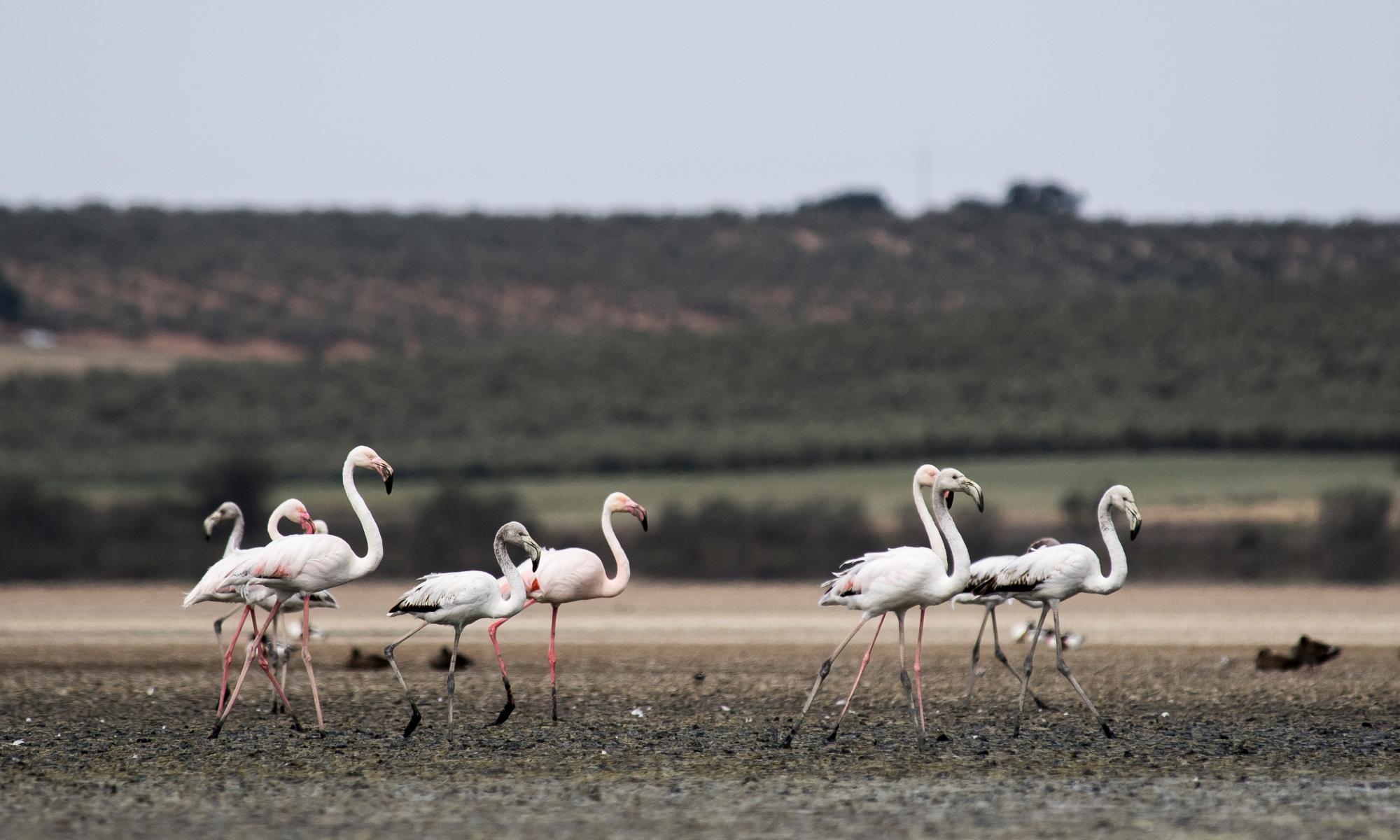It was hard, chilly work for nine-year-old Alfie Perry and his eight-year-old classmate Dempsey Owens.
But, after a bit of cajoling from their pals and teacher on a windswept hillside above the town of Neath, the pair succeeded in planting a sessile oak that could soon be part of a forest stretching continuously the length and breadth of Wales.
The Welsh government is initially ploughing £5m into its national forest scheme, aiming to link existing woodland with new forests, parkland and hedges, creating green corridors for flora and fauna – and people.
The Labour-led government says the scheme will help it to create new, important environments, meet carbon reduction targets, combat flooding – but also boost tourism and people’s sense of wellbeing as they criss-cross the country under, or next to, trees.
Lesley Griffiths, the Welsh government’s environment minister, was on hand in Neath to help Alfie and Dempsey dig and set out the vision.
“We love our woodland in Wales,” Griffiths said. “Welsh businesses, communities and, particularly, our farmers and foresters, will want to help create the national forest.”

Griffiths accepted there would be challenges but pointed out that people had doubted the country could create a footpath right around the coast, but it had done just that. “We’re a small country. You’re able to do things differently.”
The spot for the launch – Coed Brynau - is a beautiful one. High above Neath, with views of the Brecon Beacons and the Mumbles Lighthouse, Coed Cadw (the Woodland Trust in Wales) is in the process of planting 150,000 trees here by 2025, including rare species such as the small-leaved lime and the black poplar.
The estate used to be owned by the coalmine owner and Tory MP Herbert Mackworth (1687-1765), who created a parkland on the hill. There are vestiges of ancient woodland that will be linked with the new tree planting.
The area is home to barn owls, Daubenton’s bats and possibly the very rare blue ground beetle. Welsh white cows, which look ghostly in the landscape, are being introduced to graze grassland areas of the site.
There is not yet a route for the forest – this will evolve as the consultation moves on.
But Natalie Buttriss, director of Coed Cadw, suggested one option could be to link the great forest of Wentwood in Monmouthshire along the M4 corridor to Coed Brynau.
It could then head north towards the “Celtic rainforest” of mid Wales and Snowdonia, one of the most important and historic habitats in Wales, and perhaps veer east towards Wrexham, where a plan is in place to increase the urban tree canopy to a minimum of 20% by 2026.
Chris Matts, Coed Cadw’s woodland manager for south and west Wales, likes the government’s ambition, though he thinks perhaps forest is the wrong word. “It’s a word that in English originally meant a hunting ground for kings,” he said.
Matts prefers the Welsh word: coed, which has more of the connotation of “an area of trees”, which takes in parkland and hedgerows as well as thick forest and woodland.
Mary Gagen, a professor of geography at Swansea University, praised the ambition of the scheme. “We need to get trees in the ground now. Trees are a brilliant multi-tasker, good for the environment, good for habitats, good for us.”
The Welsh first minister, Mark Drakeford, said the February floods reinforced the need to plant more trees.
“In planting, growing and protecting the right network of trees we can increase our resilience to flooding.
“Trees improve air quality, they remove harmful greenhouse gases from the atmosphere, they provide material for construction, they regenerate soil for food, they clean the water in our rivers and they provide a home to all the life that finds shelter in their canopy.
“The project is ambitious and dynamic and will not grow overnight. Over the next 20 years, we will work with all kinds of stakeholders – from the Woodland Trust to farmers, landowners and school pupils – to grow the right network of trees that will greatly improve biodiversity, trap carbon from the air and provide economic opportunities too.
“These ambitious projects work – the Wales Coast Path, which created a path around the entire coastline of Wales, has been a real success story. We’re looking forward to growing a forest that benefits Wales for future generations to come.”


